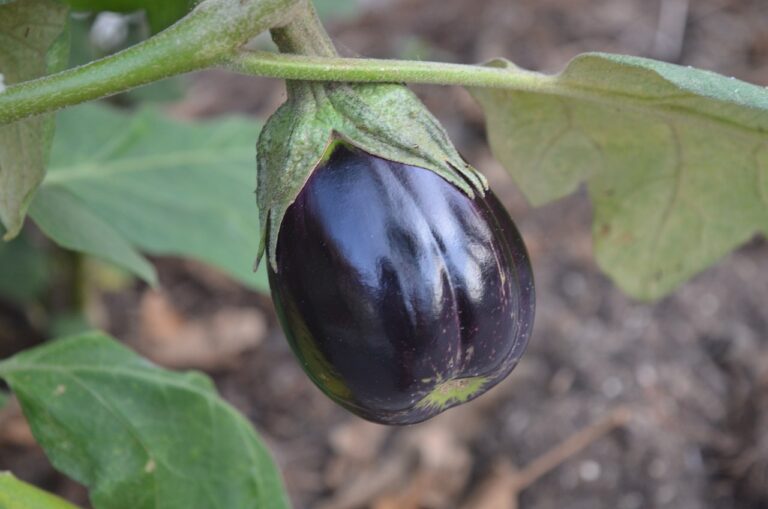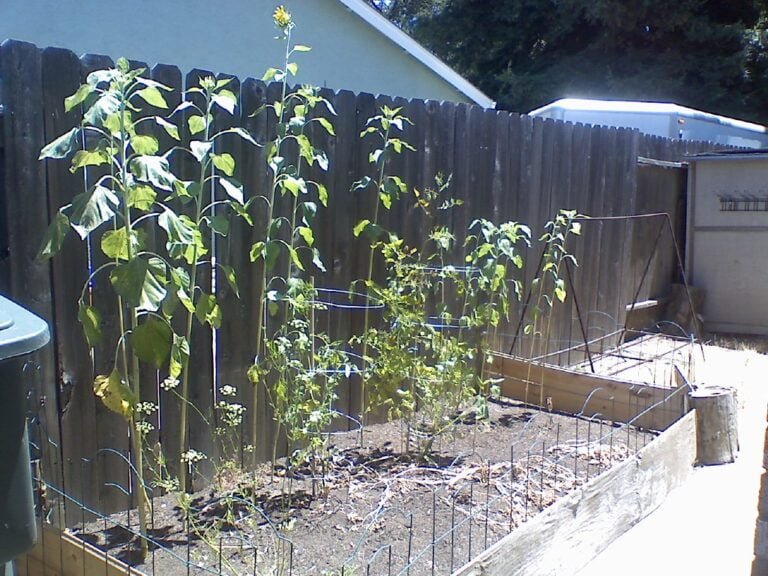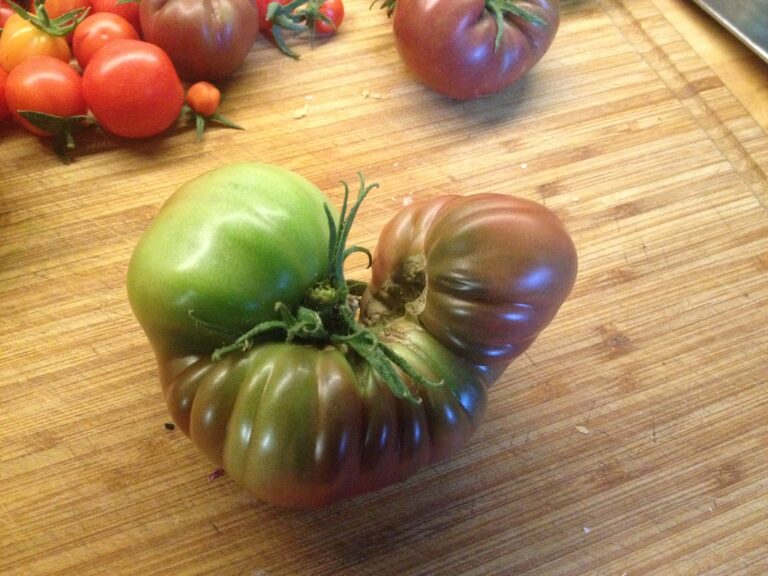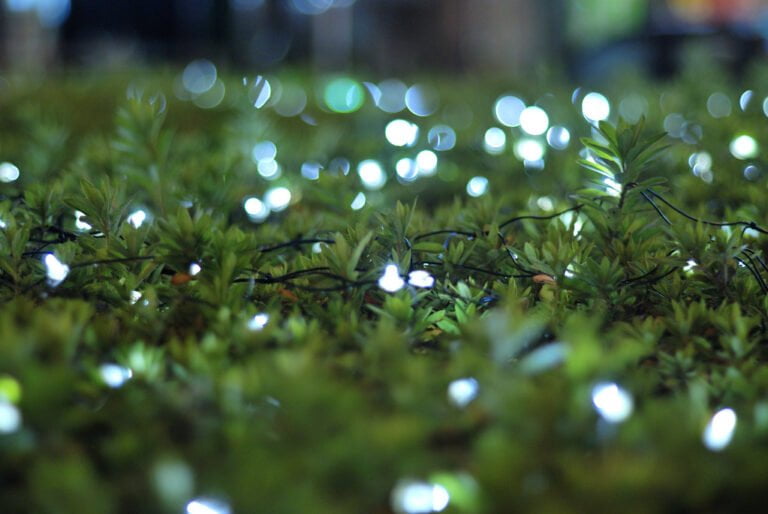Understanding the Scoville Scale: A Focus on Banana Peppers
Do you love a little heat in your dishes? Want to know more about the Scoville Scale and how it measures the spiciness of peppers? In this article, we'll be focusing on banana peppers and their heat levels. You'll learn about the factors that influence their spiciness, as well as the culinary uses and health benefits of these versatile peppers. Whether you're a spice enthusiast or just curious about banana peppers, this article will satisfy your craving for knowledge.
What Is the Scoville Scale
To understand the Scoville Scale, you need to know how it measures the spiciness of peppers. Developed in 1912 by pharmacist Wilbur Scoville, this scale is a tool used to determine the heat level of chili peppers. The Scoville Scale assigns a numerical rating to peppers based on the amount of capsaicin, the chemical responsible for their spiciness. The scale ranges from 0 (no heat) to over 2 million Scoville Heat Units (SHU) for the hottest peppers. For comparison, a bell pepper ranks at 0 SHU, while a habanero pepper can reach 350,000 SHU. Understanding the Scoville Scale allows you to choose peppers that suit your taste preferences and ensures you can add just the right amount of heat to your dishes, serving others with perfectly spiced meals.
History of the Scoville Scale
The history of the Scoville Scale can be traced back to its development by pharmacist Wilbur Scoville in 1912. Wilbur Scoville wanted to find a way to measure the heat of different peppers, so he came up with a test known as the Scoville Organoleptic Test. This test involves diluting a pepper extract with sugar water until the heat is no longer detectable by a panel of tasters. The number of dilutions needed to reach this point is then used to assign a rating on the Scoville Scale. Over the years, the Scoville Scale has become the standard method for measuring the heat of peppers, with the hottest peppers reaching over a million Scoville Heat Units. Understanding the history of the Scoville Scale can help you better appreciate the heat levels of different peppers and make informed choices when cooking or eating spicy foods.
How Is the Scoville Scale Measured
How is the Scoville Scale measured and what does it tell us about the heat levels of banana peppers? The Scoville Scale is a measurement of the heat or spiciness of chili peppers and other spicy foods. It was developed by pharmacist Wilbur Scoville in 1912 and is still widely used today. The measurement is based on the amount of capsaicin, the compound responsible for the heat, present in a pepper. Capsaicin is extracted from the pepper and diluted in sugar water until the heat is no longer detectable. The degree of dilution needed determines the pepper's Scoville rating. For example, a banana pepper typically ranges from 0 to 500 Scoville Heat Units (SHU), indicating a mild heat level. The Scoville Scale allows us to compare the spiciness of different peppers and helps us choose the right heat level for our taste preferences when cooking or eating spicy foods.
The Heat Levels of Banana Peppers
When it comes to understanding the heat levels of banana peppers, it is important to know which factors contribute to their spiciness. The heat of a banana pepper is determined by the presence of a compound called capsaicin, which is responsible for the burning sensation we feel when eating spicy foods. The Scoville Scale is used to measure the amount of capsaicin in peppers, with higher levels indicating a spicier taste. Banana peppers typically fall into the mild to medium range on the Scoville Scale, ranging from 0 to 500 Scoville Heat Units (SHU). This makes them a great choice for those who enjoy a little kick without overwhelming heat. Whether you're using banana peppers in salads, sandwiches, or as a topping for pizza, knowing their heat level can help you create a well-balanced and enjoyable dish for yourself or those you're serving.
Factors That Influence Banana Pepper Heat
To determine the heat level of banana peppers, consider the factors that influence their spiciness. The first factor to take into account is the pepper's maturity. Generally, the longer a banana pepper stays on the plant, the hotter it becomes. So, if you prefer a milder taste, choose banana peppers that are harvested when they are still green. Another factor is the growing conditions. Banana peppers grown in hot and dry climates tend to be spicier compared to those grown in cooler and wetter environments. Lastly, genetics play a role in determining the heat level. Some banana pepper varieties naturally have a higher capsaicin content, the compound responsible for the spiciness. By considering these factors, you can choose banana peppers that suit your desired level of heat.
Different Varieties of Banana Peppers
Now, let's explore the various types of banana peppers available to spice up your dishes. Banana peppers come in different varieties, each with its own unique characteristics and flavor profiles. The most common variety is the mild banana pepper, which is perfect for those who prefer a subtle heat. These peppers have a vibrant yellow color and a sweet, tangy taste. If you're looking for a bit more spice, opt for the hot banana peppers. They have a spicier kick and add a fiery element to your dishes. For those who like a touch of sweetness, the sweet banana peppers are the way to go. These peppers have a mild heat and a sweeter taste, making them a great choice for salads and sandwiches. Whether you're adding them to pizzas, stews, or even pickling them, banana peppers offer a versatile and delicious way to enhance your meals.
Culinary Uses of Banana Peppers
You can incorporate banana peppers into a wide range of dishes to add a flavorful and spicy kick. These versatile peppers are perfect for adding a tangy heat to your recipes. One popular use for banana peppers is in sandwiches and wraps. Their mild heat and crisp texture make them a great addition to any deli-style sandwich or wrap. You can also stuff banana peppers with cheese or meat for a tasty appetizer or snack. Another delicious option is to pickle banana peppers to preserve their flavor and add a tangy twist. Pickled banana peppers can be used as a topping for burgers, salads, or even as a garnish for tacos. No matter how you use them, banana peppers are sure to add a zesty punch to your dishes.
Health Benefits of Banana Peppers
Banana peppers offer several health benefits that can enhance your overall well-being. These vibrant peppers are rich in vitamins A and C, which are essential for maintaining a healthy immune system. They also contain a compound called capsaicin, which has been shown to have anti-inflammatory properties and may help relieve pain. Additionally, banana peppers are low in calories and high in fiber, making them a great choice for weight management and promoting a healthy digestive system. The peppers are also a good source of potassium, which is important for maintaining proper heart function and regulating blood pressure. Including banana peppers in your diet can help boost your health and add a burst of flavor to your meals.
Growing and Harvesting Banana Peppers
To successfully grow and harvest banana peppers, you will need to follow specific steps and guidelines. First, choose a sunny location with well-drained soil. Banana peppers thrive in temperatures between 70-90°F. Prepare the soil by adding compost or organic matter to improve its fertility. Plant the pepper seeds or seedlings about 18 inches apart, ensuring they have enough space to grow. Water the plants regularly, providing about 1 inch of water per week. As the peppers grow, support them with stakes to prevent them from bending or breaking. Once the peppers reach their mature size, usually 6-8 inches long and bright yellow, they are ready for harvest. Use a sharp knife or scissors to cut the peppers from the plant, leaving a small portion of the stem intact. Enjoy the delicious taste of homegrown banana peppers in your salads, sandwiches, or as a tasty addition to your favorite recipes.
Recipes and Ideas for Using Banana Peppers
Try incorporating banana peppers into your favorite recipes for a burst of flavor and a hint of spice. These versatile peppers can be used in a variety of dishes to add a touch of heat and tanginess. One popular way to enjoy banana peppers is by stuffing them with a mixture of cheese, breadcrumbs, and herbs, then baking them until they are tender and golden. Another option is to slice them and add them to sandwiches, salads, or pizza for an extra kick. You can also pickle banana peppers to preserve their vibrant color and tangy taste. Simply combine vinegar, water, sugar, and spices, then pour the mixture over the peppers and let them sit for a few days. Experiment with different recipes and let the unique flavor of banana peppers elevate your meals.
Conclusion
In conclusion, understanding the Scoville Scale can help you gauge the heat levels of banana peppers and other chili peppers. Knowing how the scale is measured and the factors that influence banana pepper heat can assist you in choosing the right peppers for your culinary needs. Banana peppers offer a range of health benefits and can be used in various recipes to add a mild and tangy flavor. Growing and harvesting banana peppers is also a practical and rewarding activity for any home gardener.






